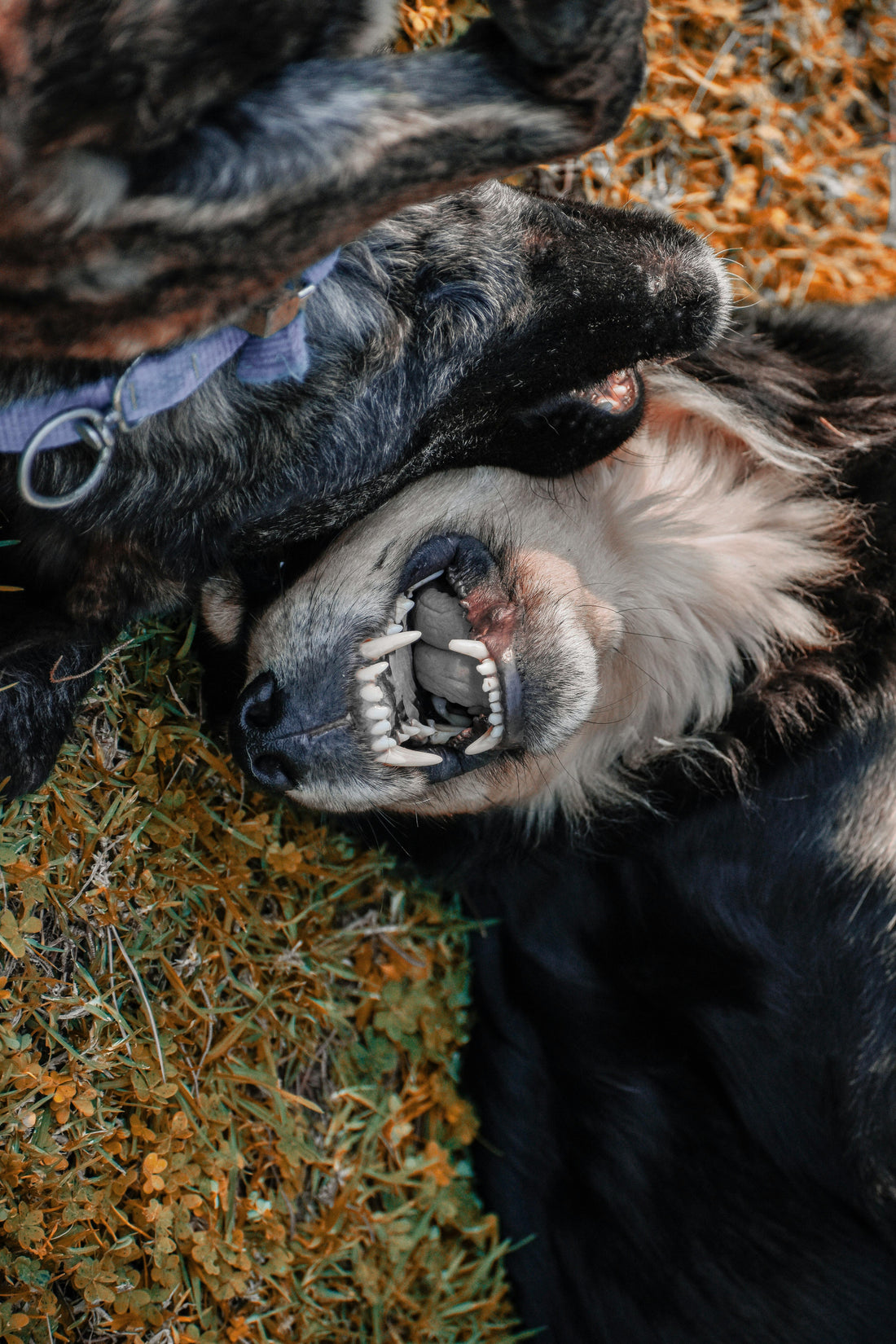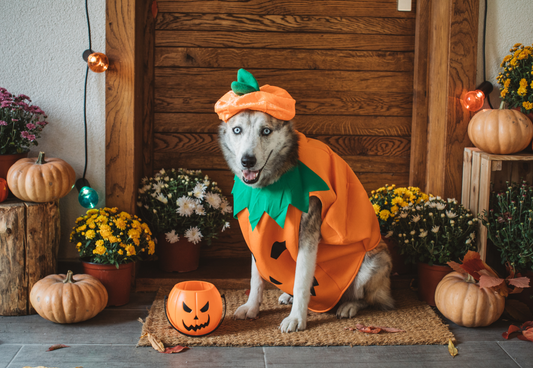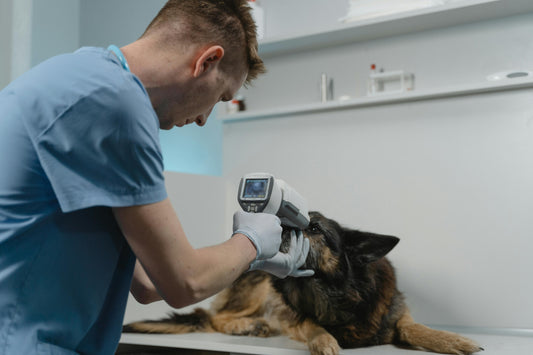Stomatitis in dogs is a painful and often frustrating condition for both pets and their owners. It involves inflammation in the mouth, particularly affecting the gums, inner cheeks, and sometimes even the throat. If your dog has suddenly become reluctant to eat or lets out a yelp when chewing, stomatitis could be the reason. So, what is stomatitis in dogs, what causes it, and how do you treat it?
What Is Stomatitis in Dogs?
Stomatitis refers to widespread inflammation inside the mouth. It’s more than just a sore gum or a bit of redness. It can involve the tongue, inner cheeks, roof of the mouth, and even the back of the throat. The condition can be extremely painful, often leading to drooling, bad breath, and a clear reluctance to eat.
In some cases, stomatitis in dogs is associated with other dental issues like periodontal disease or tooth resorption. You can read more about that in our guide on what is tooth resorption in dogs.
What Causes Dog Stomatitis?
The exact cause can vary, but here are some common culprits:
- Severe dental disease, such as gingivitis or advanced periodontitis
- Immune system overreaction to plaque or bacteria in the mouth
- Underlying infections or viruses
- Allergic reactions or autoimmune conditions
- Poor oral hygiene over time
Wondering what causes dog stomatitis in your pup? A vet can help pinpoint the underlying reason through dental exams and sometimes blood work.
Signs and Symptoms of Stomatitis in Dogs
Because it’s so uncomfortable, most dogs with stomatitis will show obvious signs, including:
- Red, swollen, or bleeding gums
- Difficulty eating or dropping food
- Excessive drooling, sometimes with blood
- Pawing at the mouth or rubbing their face on furniture
- Foul-smelling breath
- Weight loss or disinterest in meals
If your dog shows any of these symptoms, it’s worth getting a vet check and possibly a dental exam.
Diagnosing and Treating Stomatitis in Dogs
Diagnosis usually starts with a thorough oral exam and may include dental X-rays or blood tests to rule out underlying health issues. In more complex or severe cases, your vet might recommend a biopsy of the inflamed tissue. This helps rule out other immune-related conditions such as pemphigus, lupus or bullous diseases.
A professional dog dental cleaning is often the first step. Not sure what you might be in for? You can learn more about dog dental cleaning cost to help plan ahead.
How to Cure Stomatitis in Dogs
In many cases, stomatitis may require ongoing management. Treatment usually includes:
- Professional dental cleaning under anaesthetic
- Tooth extractions, especially if teeth are contributing to the inflammation
- Medication such as antibiotics, anti-inflammatories or immune-modulating drugs
- Chlorhexidine-based rinses or gels to reduce bacteria and plaque at home
- Regular vet visits with dental cleanings every 3 to 4 months to stay on top of flare-ups
If you’re wondering how to cure stomatitis in dogs, just know it may take time. In some chronic cases, ongoing management may be needed. The goal is to reduce inflammation and pain so your dog can eat comfortably again.
At-Home Care and Prevention
Once treatment begins, your role in aftercare is just as important. This is especially true if your dog is diagnosed with a chronic form like Chronic Ulcerative Paradental Stomatitis (CUPS). This painful condition causes recurring ulcers, particularly on the gums and inner cheeks. It tends to flare when plaque builds up. Some dogs may show a strong immune response even after a dental clean.
At home, you can support their recovery and reduce recurrence with the following steps:
- Brush your dog’s teeth daily using vet-approved toothpaste (see our guide on how to brush dog teeth)
- Use dental chews for dogs to help manage plaque buildup
- Feed a nutritious dog food that’s gentle on sore mouths and supports the immune system
- Use chlorhexidine-based oral rinses or gels to keep bacteria under control
- Stick to a strict schedule of professional cleanings every 3 to 4 months
Consistency is key. Even small changes to your dog’s routine can make a big difference in preventing flare-ups.
Long-Term Outlook and Quality of Life
Stomatitis in dogs can be a chronic condition. But with proactive care and regular monitoring, most dogs can still enjoy a full and happy life. Some may need ongoing medication or multiple tooth extractions. Once pain and inflammation are controlled, many dogs bounce back quickly.
If you notice anything off with your dog’s mouth, don’t wait. Early intervention is the best way to reduce pain and avoid further complications.
Your pup deserves a pain-free smile. And you deserve the peace of mind that comes with knowing you’re on top of their health.




